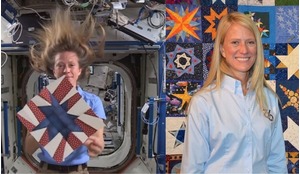When it was discovered that a rocky planet was orbiting around our nearest star in a favourable location and that it might have liquid water on its surface, the prospect of visiting an Earth-like world moved from the realm of science fiction to a tantalising possibility. In the Summer issue of ROOM, #2 (16), Andrew Hein’s article ‘Flying to the stars’, considered the possibilities and challenges of getting beyond our solar system to an exoplanet. Here, the authors take a step further, calculating how many people would be needed for a journey that could take dozens of generations.
In 1995, astrophysicists Michel Mayor and Didier Queloz discovered the very first planet orbiting around a sun-like star beyond our own solar system: 51 Pegasi b. For the first time, speculation about worlds around other stars began to be replaced with real, definite data. Twenty-three years later, the number of confirmed exoplanets stands in excess of 3,700. The possibility of finding a truly Earth-like planet is now, many believe, simply a matter of time. But should we find such a world, what use would it be? Could we ever visit it ourselves, or will we forever remain prisoners of our own solar system with its single life-bearing world?
For those of us who want to actually visit in person, the recent discovery of Proxima Centauri b gives some cause for optimism. Orbiting the nearest star to the Sun, this is the closest exoplanet we can find. It is likely to be a rocky (telluric) planet as its mass is close to that of Earth. Most intriguing of all, its equilibrium temperature implies that water could be in a liquid state on its surface. Located at 4.2 light years (40,000 billion km), Proxima Centauri b is almost an ideal destination - as far as exoplanets go. But while this distance may be small by astronomical standards, it remains utterly vast on the human scale. The difficulties of sending even robotic probes are daunting enough, and sending living human colonists is a formidable challenge indeed.














